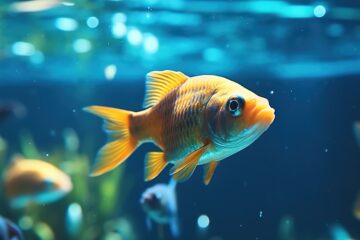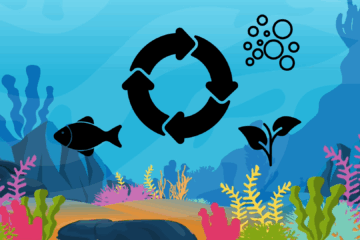When building an aquarium, you are building an ecosystem and it can be intimidating to know where to start or what supplies you need. I know when I first started out, it was hard to understand what was “required” and what was a “nice to have.” This is what has inspired this post, what I like to call your “Aquarium Toolkit.”
I’ve attempted to take out some of the guess work and give you a down-to-earth, no-BS list of things that will greatly increase your success in the hobby, even if you are on a budget. You might be wondering why I would bother with a list like this when you can buy, “Starter Kits” at any Aquarium Store. I hate to be the one to break the news, but these kits contain a bare minimum and usually are NOT enough to care for your aquatic creatures properly. It should be pointed out that this document, although backed by a lot of information, does contain my opinions on needed equipment and tools.
Before getting started, this toolkit begins after the initial purchase of your aquarium and its basic supplies. This means you should already have an aquarium, a light (usually part of the hood), a heater (for most species of aquarium fish), and a filter (hang-on-back is the most common). I’m also assuming you have decided on a substrate, decor choices and other basics. These are subjects for other guides.
So you have enough equipment to have your aquarium full of water, substrate installed on the bottom with all of the decor you decided on. You will need to “cycle” your aquarium first and foremost (see our guide on Cycling Your Aquarium), but even before that, you are going to need some more supplies to really be ready to keep fish.
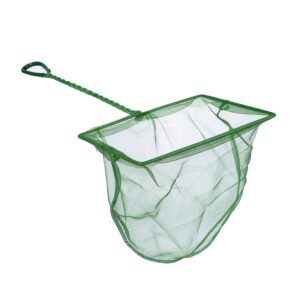
FISH NET
You are going to need a fish net so you can transport and move your fish when required. This can easily be overlooked when first starting out.
AQUARIUM SIPHON
When doing water changes it is absolutely critical that you vacuum up all of the left over food and other debris from the bottom of the tank. By using this aquarium siphon you can “clean” the gravel and remove this material that will cause bad water quality.
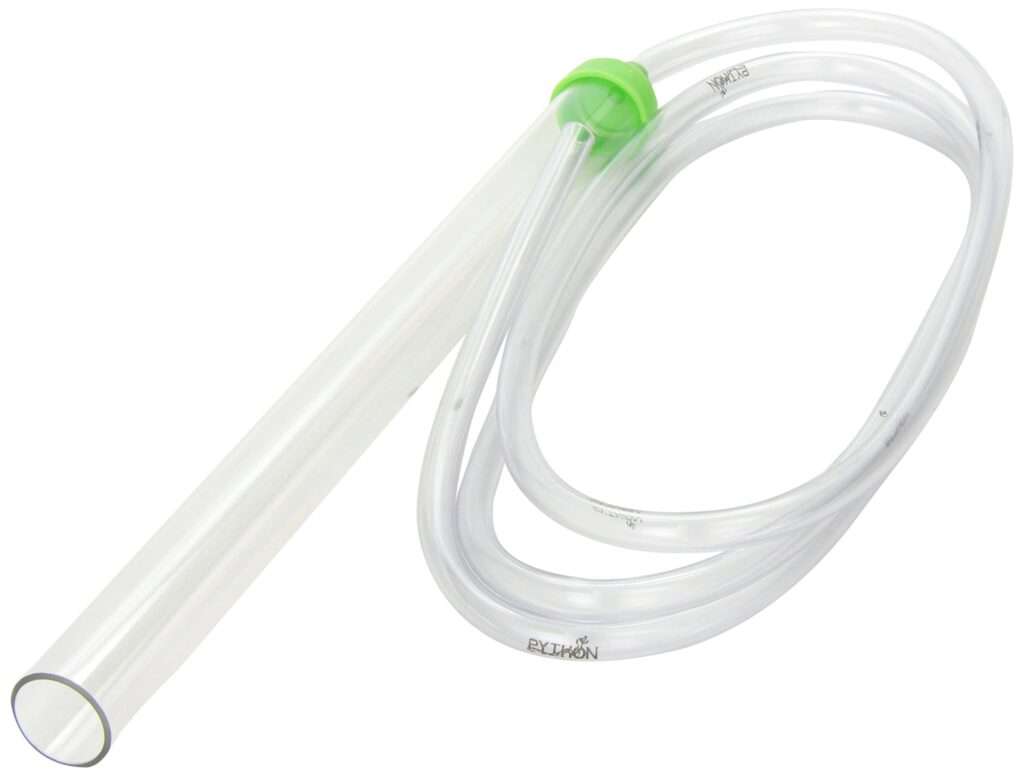
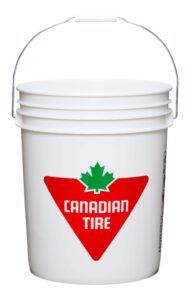
BUCKET
Water changes are going to be your new life with a fish tank, and you’ll need to transport dirty and clean water with something. I’ve found a sturdy five gallon bucket is perfect for this purpose. You can buy them inexpensive at most hardware stores.
PLASTIC PITCHER
Maybe not critical, but a plastic pitcher will be handy for pouring the water back into your tank delicately without messing up your beautiful substrate and decor.
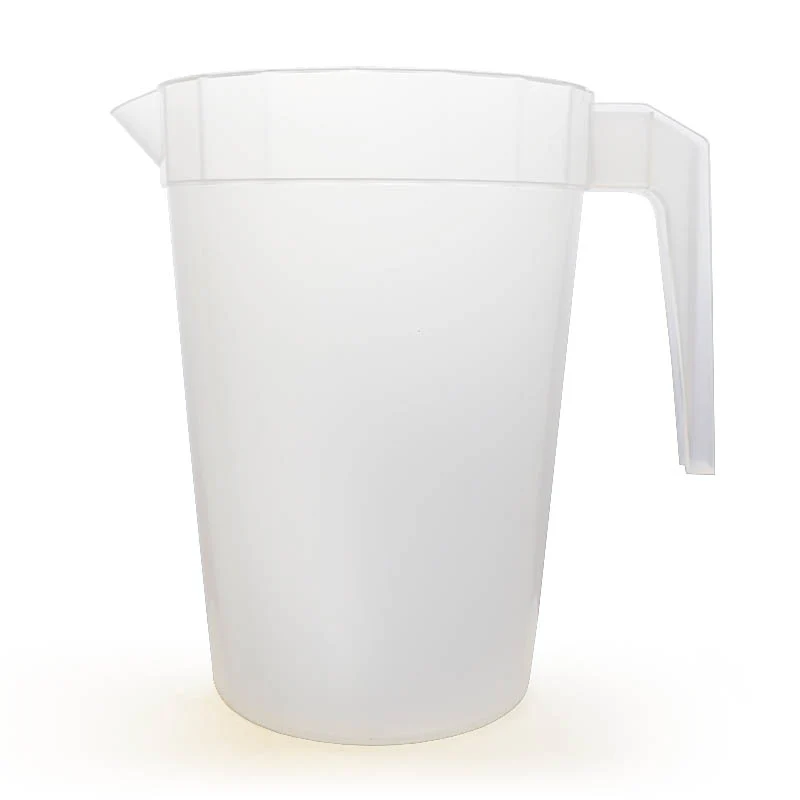

WATER CONDITIONER
This is probably the single most important thing you need to do water changes. You may have been provided a small bottle or sample with a “starter kit,” but you are going to need more, and soon.
There are several options here that promise various things – I’ve tried them all.
For my money, I use Seachem Prime (as seen at left) for my water conditioning. The dosing is easy and convenient and it has proven to me time and time again to do the job.
There are other less expensive conditioners that can do the job, some of which I have not tried, so feel free to experiment — but make sure you use it according to the directions for every water change.
At this point in the list we are all setup to be able to move fish around and do proper water changes, but we are going to need a way to test the water (at least initially) to make sure the water parameters are where they need to be for your fish. There are two ways to go here, both have their pros and cons. The most important parameters to test are Ammonia, Nitrite & Nitrate. In some cases pH can be important if you are adjusting from what your tap water comes out as. Other tests have their place, but are not usually necessary for a beginner fish keeper.
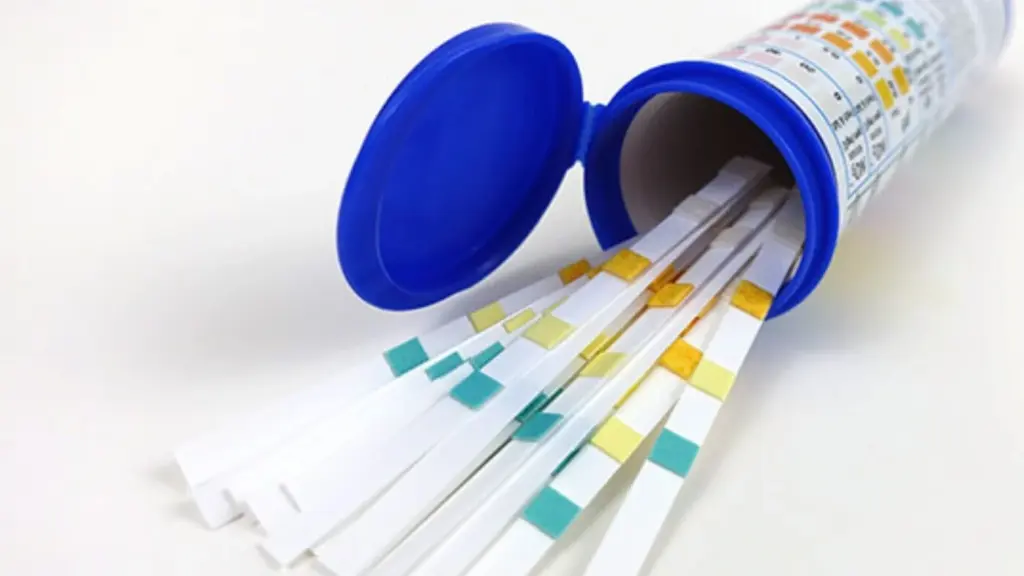
PARAMETER TEST STRIPS
This is the most inexpensive way to test your water parameters, but some question the accuracy of this type of test. Also, some argue that over time these become less and less effective.
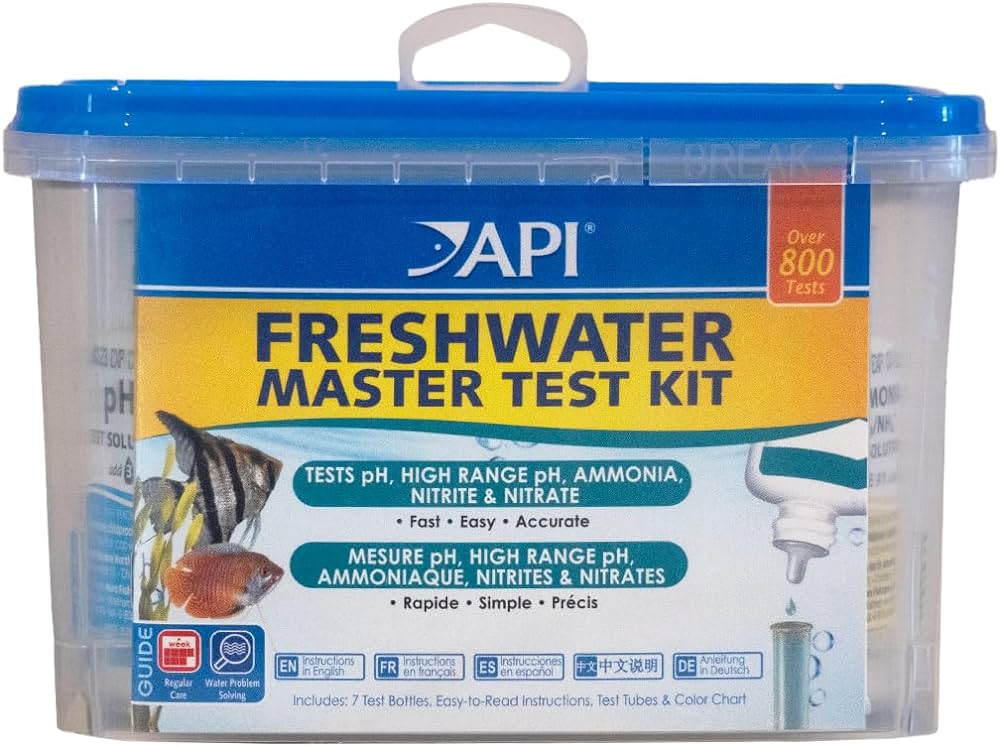
CHEMISTRY TEST KIT
This can be expensive, but personally I think this is the only way to get the information in the most accurate way. I spent the money on this, and I am very happy with the results. It is decidedly more accurate the test strips.
Alright, we have some great things in our toolbox so far, but now we need to talk about diet. Depending on what fish you have decided to keep, this will vary slightly, but most fish require a quality flake food as a minimum. I’ve been in the industry long enough that I like to give the fish a staple food and a treat food to vary their diet.
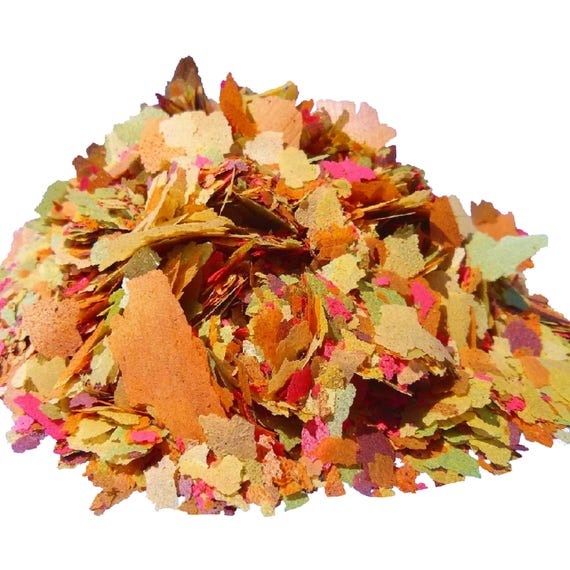
FLAKE FOOD
Most species will happily take flake food as their staple diet. Its important to get a quality food here as it will be what your fish will be consuming most of the time. I usually get a premium variety and of course keep it sealed in the container until feeding time.
When selecting a “treat” food for your fish, it very much depends on the species. I’m a huge fan of frozen bloodworms, or brine shrimp for their occasional food. It gives them a break from the flakes, and most of my fish absolutely go crazy for this type of food.
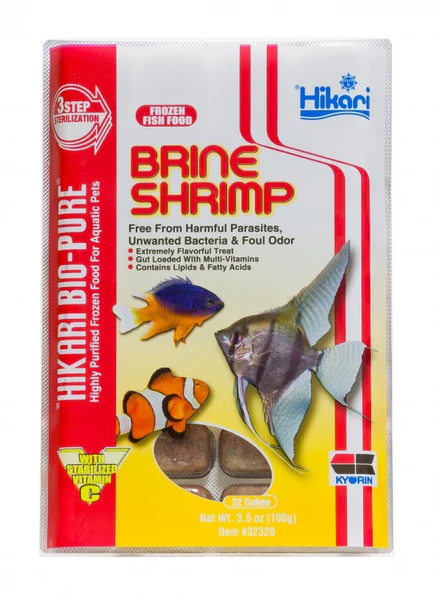
Ok, so we are pretty much setup now. We can do regular water changes, check the water quality, and feed the fish regularly. Now we have to think long-term about maintenance. The filter is going to need maintenance to keep running at peak efficiency. A lot of dirty water and sludge can accumulate around the pumps and intakes, so how can we clean this?
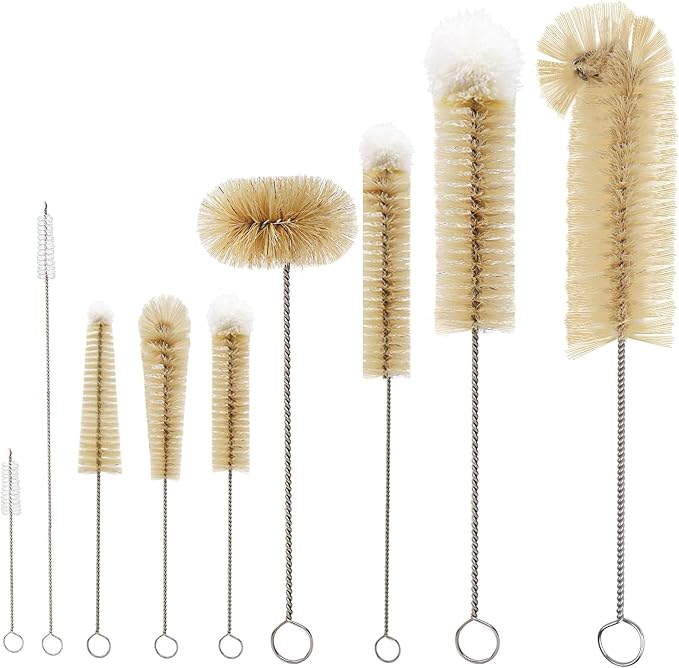
MISCELANEOUS SCRUBBERS
This is where various size brushes come in handy. Using these we can get into every nook and cranny of your filter and really have it free of debris and running at tip top efficiency.
A NOTE ABOUT LIGHTING
A lot of fish-keepers are using live plants in aquariums to help consume Ammonia and Nitrates. If this is something you want to be doing, you need to pay close attention to the lighting and what types of plants you are planning to keep. Most lighting that comes with an aquarium kit are only good for “low light” plants. You will have to upgrade your lighting if you want to keep most varieties of plants. Watch for my lighting guide soon.
Conclusion
So there it is. My toolbox of necessary equipment to be successful. I’ve made some assumptions about what you might have before this guide, but I think you can get the jist of what I’m saying. Once you have some time in the hobby and you are talking about a second or third tank, I have some guides about some equipment that I like and has served me well. That is for another post!
Good luck in your fish-keeping endeavours.

